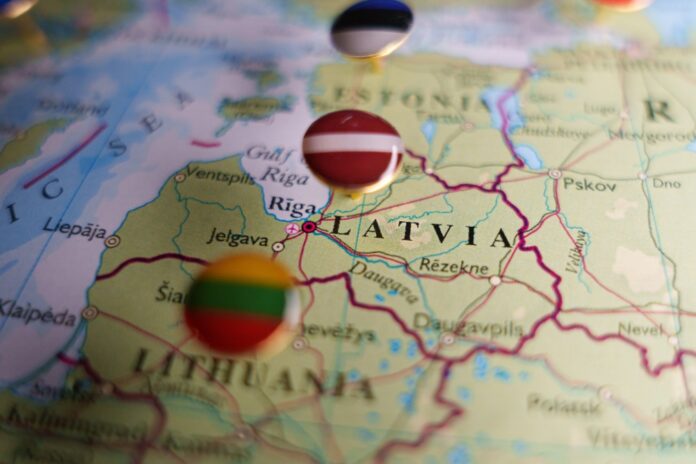The vendor will modernise LMT’s cloud infrastructure and replace its legacy communication services and the systems that manage its users’ data
Latvijas Mobilais Telefons (LMT), Latvia’s largest telecom service provider, has chosen Ericsson to move towards nationwide 5G Standalone deployment. The vendor will modernise LMT’s cloud infrastructure and replace its legacy communication services and the systems that manage its users’ data with a solution built on service-based architecture.
Virtual and cloud native
LMT’s cloud infrastructure will operate Ericsson’s Network Functions Virtualisation Infrastructure solution for virtualised and cloud-native network functions. The scope of the contract includes the migration of LMT’s Physical Network Function (PNF) and the upgrade of LMT’s IP Multimedia Subsystem (IMS).
Ericsson’s upgrade will consolidates the operator’s subscriber data systems within its core network in readiness for deployment of 5G SA: Ericsson’s Unified Data Management (UDM) solution will replace LMT’s legacy Home Location Register (HLR) and Home Subscriber Server (HSS).
The transition will not immediately introduce new features for end-users, but should improve the network’s reliability and readies the operator for new services with the updated backend infrastructure.
Long-term relationship
The companies have a long standing relationship, but the new deal is the first deployment of Ericsson’s UDM in the Telia Group. “It also deepens an ongoing collaboration with LMT, as well as participation in mission critical communications projects,” according to Ericsson.
Aigars Benders, Technical Director, LMT says, “By transitioning to cloud infrastructure, and upgrading these essential core network functions, we gain improved operational flexibility and the ability to implement future updates with minimum disruption.
“Ericsson’s modular, cloud-native architecture is designed for seamless scalability, and provides the essential bedrock for us to build LMT’s broader digitalisation program on and introduce valuable 5G services to our subscribers.”




